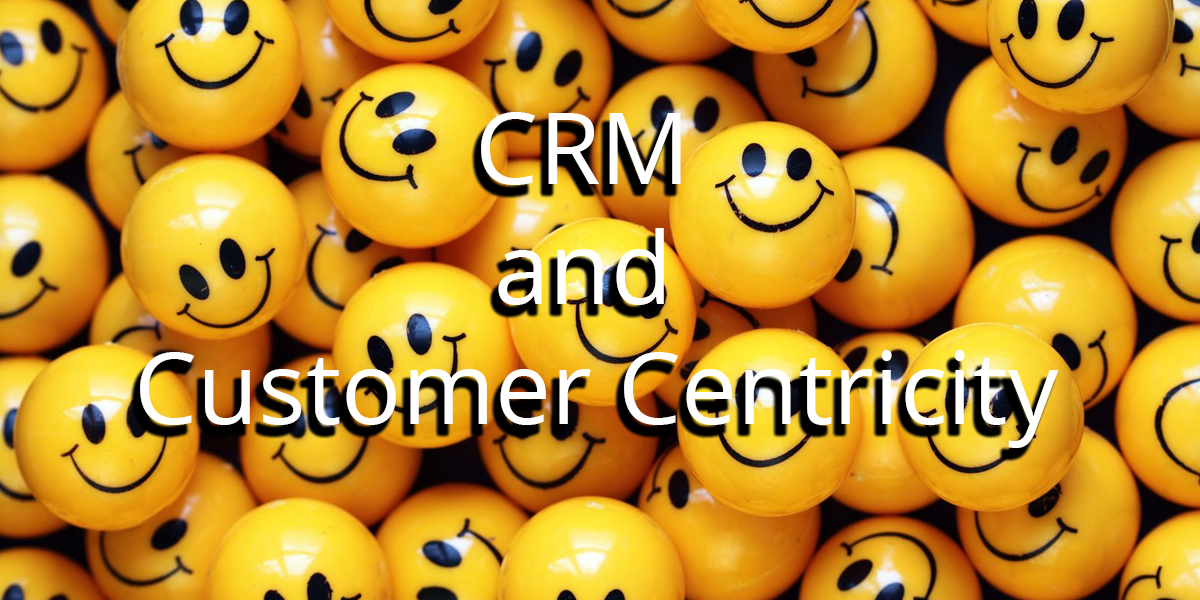The goal of customer-centric CRM is to improve customer value. It treats relationship marketing as a continuum as opposed to treating it as a means to an end. Companies that view CRM as mere software end up automating business processes, instead of using the tool to optimize customer transactions and increase consumer experience.
The Customer-Centric Approach
A customer-centric approach to CRM uses users as the axis around which all thought processes related to a business revolve. This idea is built on the belief that every user is unique and so are his/her needs. In order to reap customer loyalty, enterprises should recognize this uniqueness, and customize their services and products to attend to these needs. In their book “Customer Relationship Management: Concept, Strategy and Tools,” V. Kumar and Werner Reinartz define CRM as the practice of analyzing and utilizing marketing databases, and leveraging communication technologies to determine corporate practices and methods that will make the most of the lifetime value of each client of the firm.
Key Metrics for Customer Centricity
Since businesses are mainly about profit-making, your goal must be to maximize customer value (both current and future) for your company’s advantage. Customer value is determined by a customer’s involvement to the net profit of a company. Towards this end, ask yourself these questions:
• Can you measure the lifetime value of a customer? If yes, how?
• What is the link between customer loyalty and profitable customers?
• Does customer loyalty always pay? If not, identify cases when it does not.
• How can you augment your marketing resources to get the most out of customer centricity?
Responding to these questions will give you the basic road map upon which to chart your marketing decisions. For example, you will get a clear vision of when to practically pursue customer loyalty and when not to. They also lead the way for customer identification and prioritization.
The Satisfaction-Profit Chain
Customer loyalty is one of the basic elements of a company’s profitability and growth. However, loyalty pivots heavily on customer satisfaction, which is in turn influenced by the value of services provided. But, how do you put a figure on customer loyalty? Well planned surveys may be the most reliable means to measure loyalty.
Customers can either be terrorists or apostles. It was Scott D. Cook, CEO of Intuit Inc., who first coined these terms in relation to customer relationships. While apostles joyfully take along in new customers without any energy on your part, terrorists are unhappy customers with the influence to interrupt your efforts to acquire new customers.
Benefit of Customer Identification and Prioritization
Identification and prioritization is simply code speak for locating and luring customers that will progress your business’ financial well-being. It also means locating unreasonable and problematic customers and letting them go. CRM allows you to identify customers that provide the most value. Since these customers are apostles already, you won’t have to expand your budget on lucrative loyalty programs to retain them. They are mostly happy with occasional prioritization for special treatment.
Customer Retention versus Customer Acquisition
While it’s a commonly held belief that customer retention is more inexpensive than customer acquisition, it’s not always true. For example, it would not pay to hold on to terrorists. Because it is anticipated that existing customers are easier to satisfy and are more forgiving of lapses, the common trend is to allot more funds towards customer retention. However, in order to optimize the value of your customer base, strategies for customer acquisition and retention should be given equal importance.
In conclusion, CRM is not specific to any certain department within an enterprise. As people are the heart of any business, CRM in general and customer centricity, in particular, are the weft and the warp holding together the condition of your company.
Source: http://it.toolbox.com/blogs/insidecrm/crm-and-the-concept-of-customer-centricity-71614





